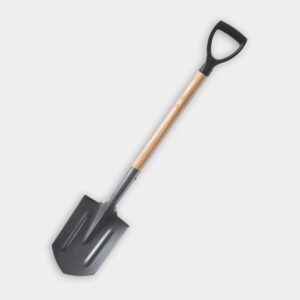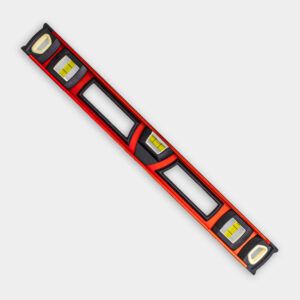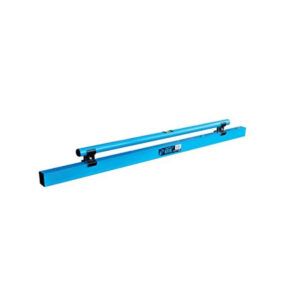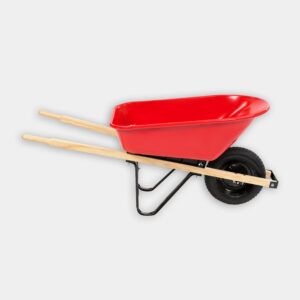Project details
Skill
3 out of 5Moderate
Cost
Over $1,000, varies based on size and stone
Estimated Time
3 days
We catch up with DIY expert Jenn Largesse to check in on her backyard renovation project. Her grand plans to install a shipping container pool means a retaining wall is necessary, and she and her landscaping contractor walk us through the process.
After digging out the soil, they lay the necessary layers of gravel, fill, and concrete blocks to create a beautiful retaining wall to hold back the excavated soil.
How to Build a Block Retaining Wall
- Start by consulting an engineer before excavating. The type of soil involved and the depth of the wall will determine the kinds of necessary blocks. Also, be sure to call a utility locating service to ensure you won’t be digging up underground power or gas lines.
- Excavate the area. Dig deeper than the depth of the wall (at least 8 inches, but the engineer will specify) and do your best to keep the base level. For large areas with lots of soil to move, renting an excavator is likely the way to go.
- Add at least 6 inches of crushed stone to the base of the wall and pack it down using the plate compactor. Be sure to do a thorough job compacting the stone to create a sturdy base that will still drain well.
- Place the screed rails on top of the stone down the length of the wall. Use a bubble level to ensure that the rails are level front-to-back and side-to-side, adding or removing stone underneath as needed.
- Add slag on top of the screed rails and drag the level over the screed rails to smooth out and disperse the slag. Continue moving the screed rails down the length of the wall and adding slag. This should create a perfectly level base for the blocks.
- For smaller blocks, lift and place them on the bed of slag, being careful to keep them aligned and checking for level both side-to-side and front-to-back. For large blocks, use a block lift attachment fitted to the excavator to lift the blocks and carefully place them on the bed of slag. Continue adding blocks for the first few courses, staggering the joints between each layer.
- Add a drainage pipe behind the wall before backfilling with stone. This combination will allow water to drain away rather than freezing in place where it will heave the wall.
- Finish stacking the blocks and fill behind the wall with stone, soil, and dirt.
Materials
Tools
Note: Most of the heavy equipment listed below is rentable. Just be sure to plan to ensure you’ll have the excavator and block lift attachment on-site at the same time.
Rentals:
- Excavator
- Block lift attachment (depending on the size of blocks)
- Plate compactor




